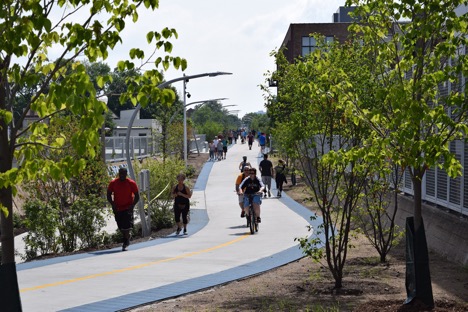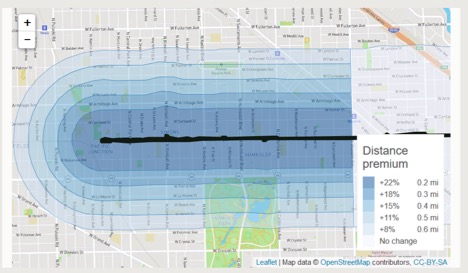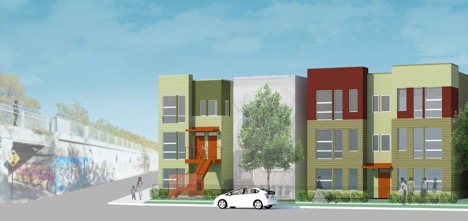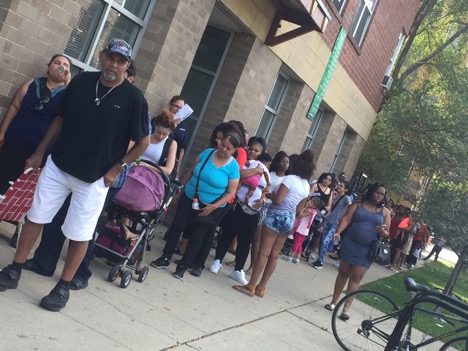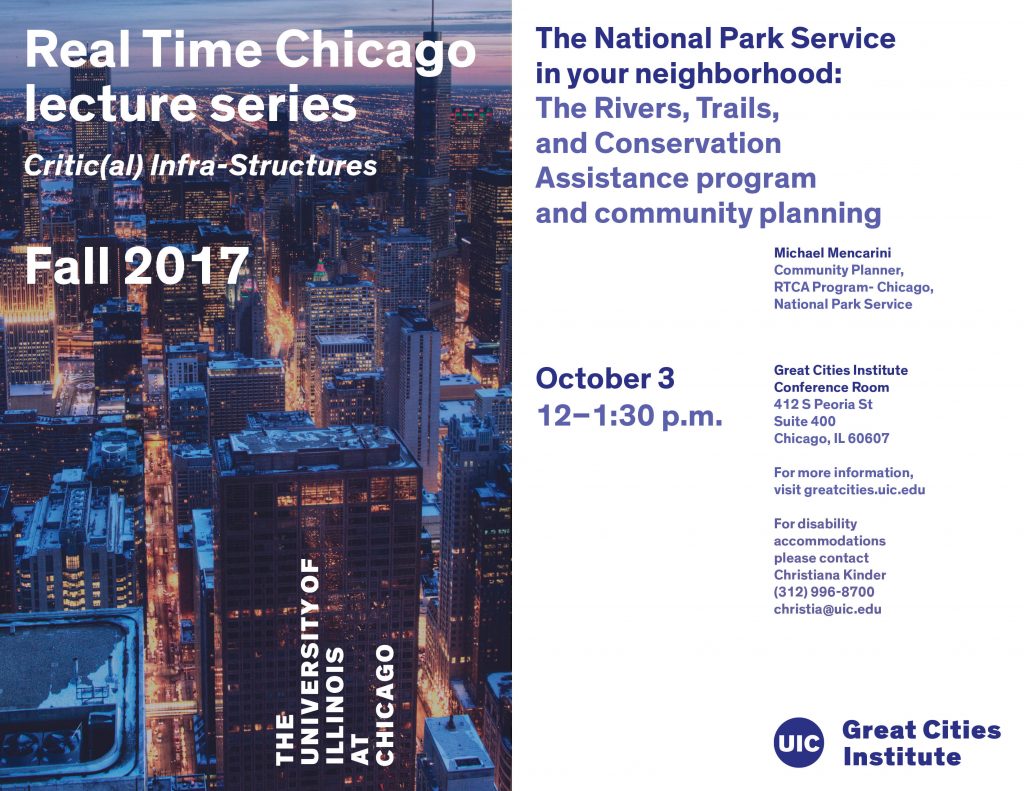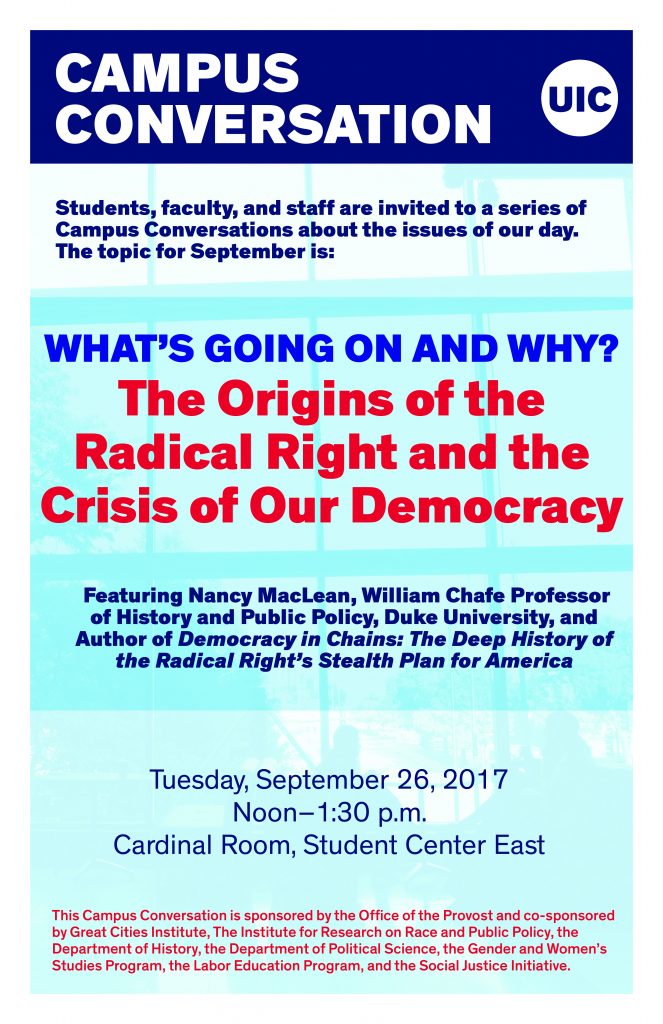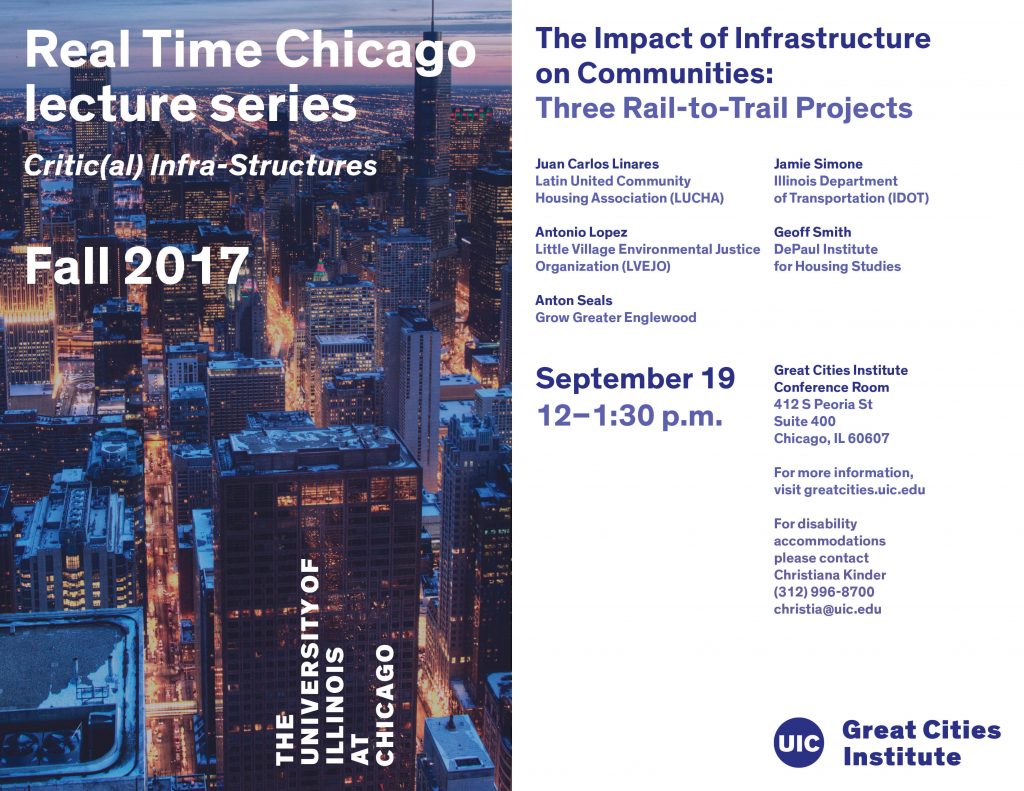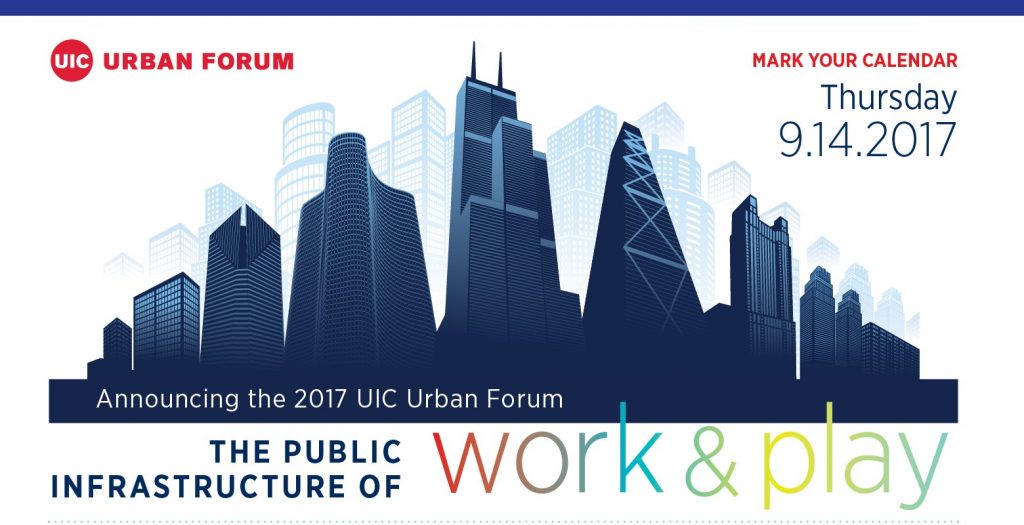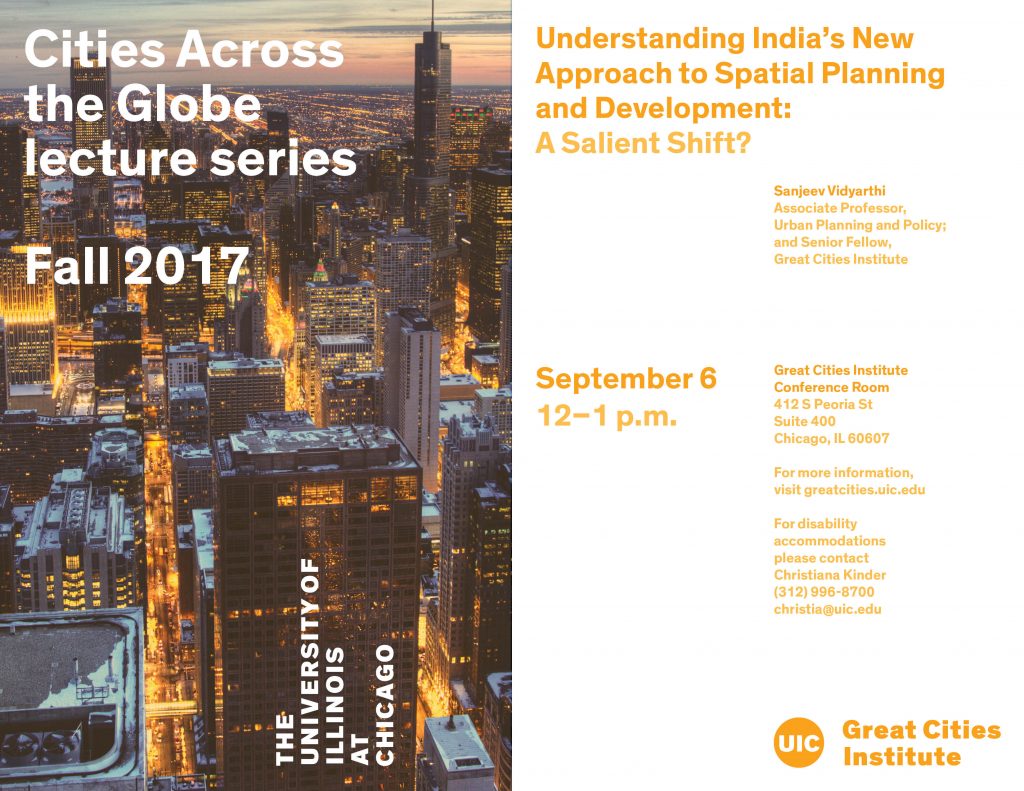UIC Freshwater Lab event:
“Condos, Controversy and Culture”
Panel Discussion on Waterfront Development in Chicago
October 4, 3:00-4:30 PM
UIC Latino Cultural Center
East side of Lecture Center B (LCB2) on the UIC East Campus between Harrison and Taylor, Morgan and Halsted
For more information, visit http://www.freshwaterlab.org/events/
